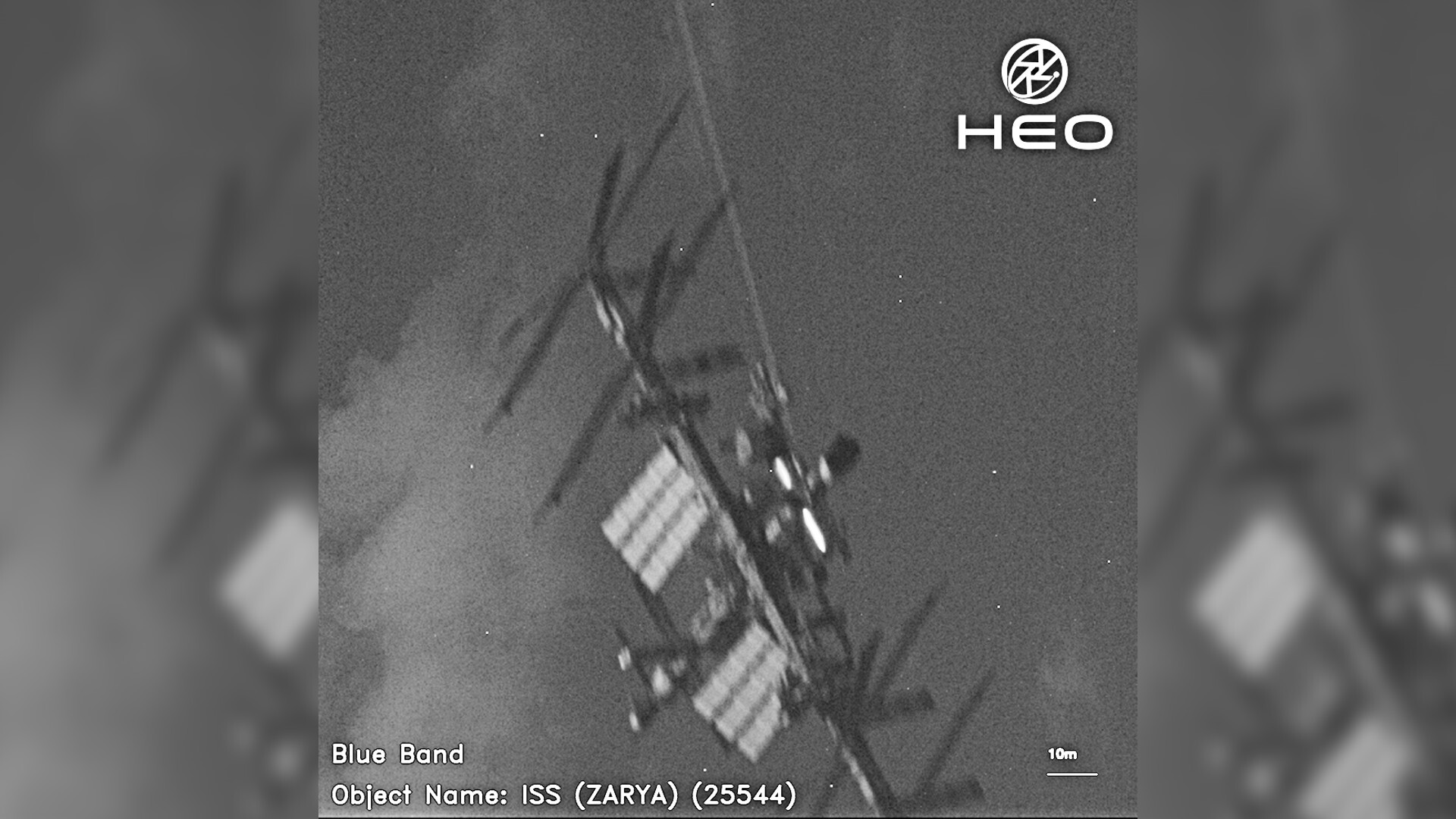Astronomy has come a long way in the 401 years since Galileo turned his first primitive telescope to the sky, so it may be no surprise we see a very different solar system than the field's earliest pioneers did.
Today's telescopes are millions of times more powerful than Galileo's dual lens setup in 1609, and space agencies have routinely sent spacecraft to the moon, sun and other denizens of the solar system to bring back information from up close.
Even within the lifetimes of astronomers working today, the advances have been staggering, as one researcher describes this week in the science journal Nature.
And it all comes down to technology.
"There was none," said Cornell University planetary scientist Joseph Burns in recalling the late 1960s and early 1970s, when he and many others were starting out. And astronomy being the technology-driven field it is, researchers' understanding of the solar system was correspondingly primitive.
"We knew nothing about any place out there, basically," Burns told SPACE.com.
"We had telescopic observations of the moon," he said, "but you go much beyond that, even down to fundamental things, such as how rapidly planets rotate ? ?we had no knowledge of the spins of three of the planets, we were wrong on a couple of others."
Breaking space news, the latest updates on rocket launches, skywatching events and more!
?In short, "we didn't know very many facts at all." [Top 10 Extreme Planet Facts]
Dynamic solar system
Burns said decades of technological and scientific progress have revealed a dynamic solar system, from ripples and sharp edges in the rings of the gas giant planets to the shifting rubble piles we call asteroids.
A naval ship designer by training, Burns gravitated in graduate school to physics, especially to the motion of spacecraft through fluids, before finally settling on what would come to be known as planetary science in the late 1960s.
Still reeling from the launch of Sputnik in 1957, "NASA was looking for warm bodies," Burns said. "People were being drawn in from all sort of areas," from engineering and applied mathematics to physics and geology.
NASA was putting a lot of money into spacecraft, so the feeling was, "Why not do some science?" Burns said. And if understanding the planets was the goal, science desperately needed to be done.
The maturing planets
As recently as 1966, scientists argued over whether Mars might be covered in vegetation. The decade before that, some thought Venus might be covered by an ocean or a swamp, and until 1950, researchers believed moon craters were volcanoes.
But technology and science progressed.
Following the Apollo program, in an otherwise unexciting period for space science, the Voyager spacecraft visited Jupiter in 1979, followed by Saturn in 1980 and 1981, then Uranus and Neptune in 1986 and 1989.
"Many of today's leaders in solar system exploration matured as scientists involved in those missions," Burns wrote in Nature. Follow-ups to the Voyager missions were dispatched in 1989 (Galileo to Jupiter) and 1997 (Cassini-Huygen to Saturn).
The discoveries made be these craft dashed the historical view that space was a "static and serene" place, Burns said. "If you take a long-term perspective, space is a pretty violent place," he said. "Everything is alive out there in its own way, it seems."
From dead rock to dynamic
The solar system's moons, for example, were assumed to be boring rocks.
But instead they are among the most exciting places in the solar system, with Titan's dense atmosphere and pools of liquid methane, or Europa's presumed water ocean beneath its surface ice, Burns said.
Asteroids are equally lively, made of shifting piles of rubble spun up by solar radiation in something called the Yarkovsky effect. And close-ups of Saturn's rings have revealed that instead of being smooth and uniform smears of dust grains, they have sharp edges indicating dynamic processes at work.
Burns said he sees equally dramatic room for growth in our understanding of extrasolar planets.
"There's such a diversity of extrasolar planets out there, we'll be able once again to test our theories in extreme circumstances," he said.
In particular, as observations improve, researchers will have a chance to study weather patterns on planets that spin at different rates, reside at different distances from their stars and have atmospheres composed of different chemicals.
"From a philosophical perspective it will be a fascinating topic," Burns said. "Will we find Earth-like planets? Will they show signs of life?"
- Top 10 Extreme Planet Facts
- Gallery ? Solar System Remade
- Sun's Rumored Hidden Companion May Not Exist After All
Join our Space Forums to keep talking space on the latest missions, night sky and more! And if you have a news tip, correction or comment, let us know at: community@space.com.
J.R. Minkel covered space, physics, cosmology and technology for Space.com, Live Science, New Scientist, Popular Science, Discover, and Scientific American, all while writing his own blog A Fistful of Science and authoring a book entitled The Instant Egghead Guide: The Universe. Minkel earned a master's degree in Science and Environmental Reporting from New York University and a B.S. in Molecular Biology from Vanderbilt University, where he dabbled in zebrafish genetics.
